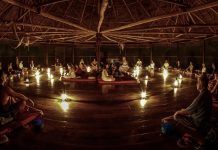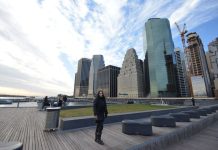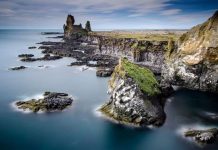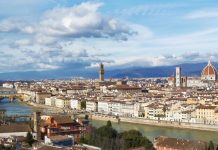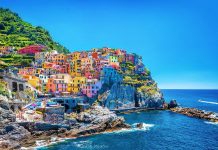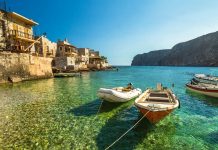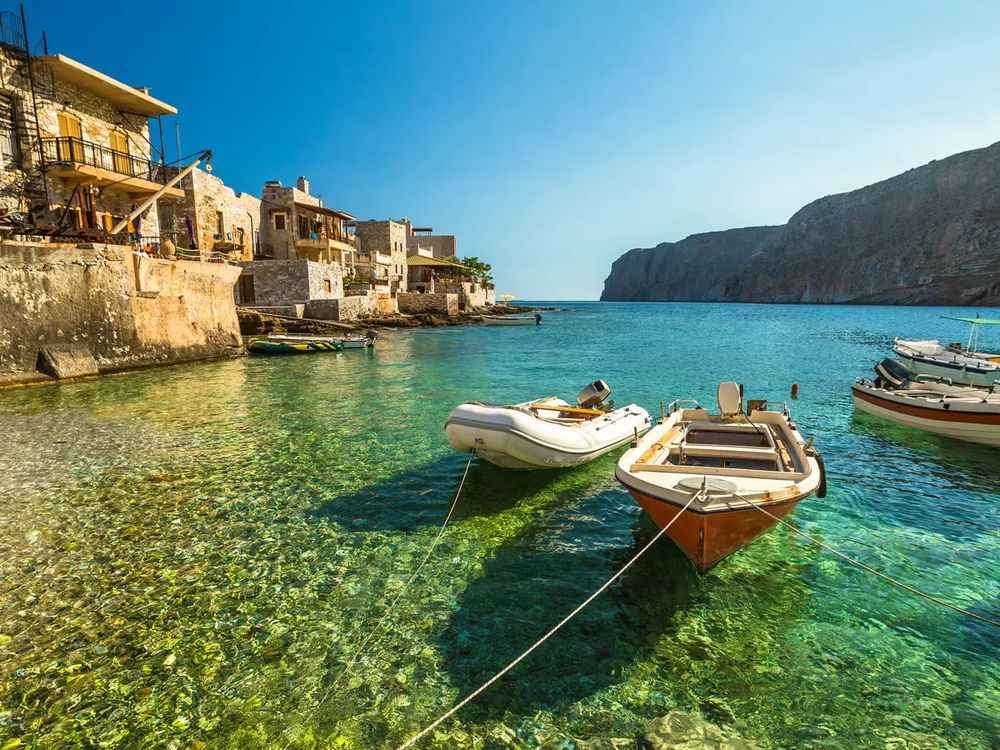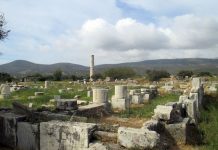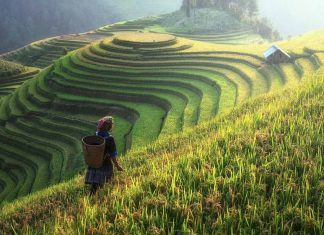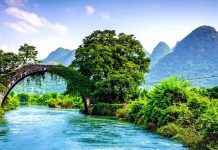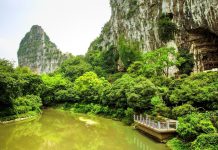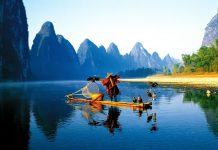Nowhere on earth is the junction between the European and American tectonic plates in the Earth’s crust as clear as on the Reykjanes peninsula in the southwest, and at Þingvellir: the plates diverge here by as much as 2 cm per year. But the gap is constantly being filled, as volcanoes have been erupting regularly throughout Iceland’s history.
Þingvellir is by far Iceland’s most famous historic site. The Alþingi, or general assembly, first met there in AD930, and continued to do so for nearly nine centuries, until 1798. Various important events in the Icelandic Sagas took place at Þingvellir, and in 1930 it was declared a National Park. In 2004 Þingvellir was added to the UNESCO World Heritage List.
Not far away is the old episcopal seat of Skálholt, which was the centre of the church and Christianity in Iceland from the mid-11th century until the end of the 18th.
But the region has other attractions: places of outstanding natural beauty include magnificent waterfalls, of which Gullfoss (Golden Falls) is the best known. In many geothermal areas villages have grown up, where exotic fruits and vegetables are grown in greenhouses heated by hot springs.
The best known hot spring is Geysir, from which derives the English word “geyser” for spouting hot springs: the big Geysir is surrounded by many more springs of all shapes and sizes.
A little further east are two of Iceland’s most active volcanoes. Mt. Hekla has erupted about 20 times in Icelandic history, and Mt. Katla, under the Mýrdalsjökull glacier, is almost as active. Many years have now passed since Mt. Katla last erupted, and according to geoscientists it is overdue for another burst of activity.
History echoes in every footstep: this is where the Saga of Njáll, one of the most famous Icelandic sagas, took place. The Icelandic Saga Centre in Hvolsvöllur tells the story. Other museums in the region include the Skógar Museum, one of Iceland’s leading folk museums; and Draugasetrið, the Ghost Centre at Stokkseyri, a unique museum dedicated to the phenomenon of the Icelandic ghost.
Skaftafell is a popular tourist destination, with a full programme of events for visitors. The Visitor Centre informs visitors about the remarkable natural environment of the park, while at Höfn in Hornafjörður there is a glacier exhibition. Activities include sightseeing cruises among the ice floes on the Breiðamerkurjökull glacial lagoon, and trips up onto the glacier.
Tourists in the region can experience its varied and picturesque natural landscape through such activities as horseback riding, white-water rafting, and glacier trips.
Westman Islands
Just off the south coast are the Westman Islands, with their impressive natural beauty, abundant birdlife, and eventful history. A little over 30 years ago the islanders were forced to abandon their homes on Heimaey island when a new volcano erupted on the edge of the town. But they returned as soon as the eruption died down, and visitors can see the effects of this natural disaster on the island and its inhabitants. Currently underway is the excavation of several homes that were buried by pumice and lava, with the intention of making them accessible to visitors under the auspices of a project called Pompeii of the North.

